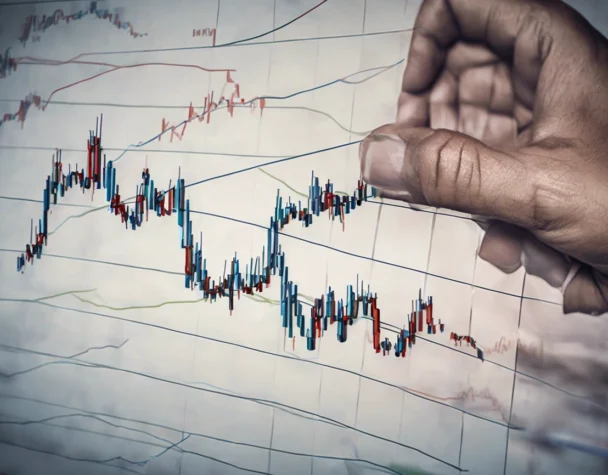
Forex Analysis: USD Trends on March 10, 2025
Tue, March 11, 2025As financial markets continue to navigate through the complexities of geopolitical tensions and economic indicators, the U.S. Dollar (USD) remains a focal point for traders and analysts alike. On March 10, 2025, the USD exhibited notable fluctuations that caught the attention of the financial community. This article delves into the dynamics of the USD on this particular day and explores the underlying economic indicators that influenced its movements.
Analyzing USD Fluctuations on March 10, 2025
The trading day of March 10, 2025, saw the U.S. Dollar experience a rollercoaster of value changes against a basket of major currencies. Initially, the USD surged in early trading hours, driven by robust market optimism and favorable domestic data. However, as the day progressed, it faced downward pressure, attributed largely to profit-taking actions and adjustments in investor portfolios. By the close of the trading day, the USD had pared most of its gains, reflecting the volatile nature of forex markets.
Intraday analysis indicates that the USD’s performance was heavily swayed by real-time economic dispatches and investor sentiment. Technical indicators suggested a strong resistance level that the USD struggled to breach, leading to a consolidation phase mid-day. Furthermore, the trading volume was unusually high, which is often a precursor to significant price movements, suggesting that large institutional investors were actively adjusting their positions in the USD markets.
The fluctuations were also impacted by the anticipation of key policy announcements from the Federal Reserve. Traders were poised on any hints regarding interest rate changes, which play a crucial role in currency valuation. Speculations and rumors about potential fiscal adjustments contributed to the heightened volatility, underscoring the sensitivity of the USD to domestic economic policies.
Key Economic Indicators Impacting the Dollar
March 10 was also a day heavily laden with important U.S. economic indicators that had a direct impact on the valuation of the Dollar. Key among these were the employment data, inflation rates, and consumer confidence indices. The employment report, which showed an unexpected rise in new jobs, initially boosted confidence in the economic recovery and spurred the early gains in the USD. However, the inflation data suggested a faster-than-anticipated rise in consumer prices, stoking fears of sustained inflationary pressure.
Consumer confidence indices, on the other hand, painted a mixed picture. While there was an overall improvement in consumer outlook, segments of the data indicated apprehensions about future economic conditions, particularly concerning wage growth and employment stability. These factors contributed to the mid-day uncertainty in the USD markets, as traders weighed the potential impacts on spending and, consequently, on economic growth.
Policy decisions by the Federal Reserve, hinted earlier, were closely tied to these economic indicators. The central bank has historically adjusted its monetary policy tools in response to shifts in such key metrics, influencing the strength or weakness of the Dollar. As analysts scrutinized these indicators, their interpretations and forecasts played a critical role in shaping market expectations and the subsequent reactions in the forex markets.
The fluctuations of the USD on March 10, 2025, encapsulate the intricate interplay between market sentiment, economic data, and policy expectations. As traders and investors dissect each piece of data to gauge future trends, the USD continues to reflect broader economic narratives. For an in-depth exploration of how different currencies are faring and more detailed forex analyses, visit EquitySwarm’s currency insights. Understanding these dynamics is crucial for anyone engaged in or interested in financial markets, as they highlight the interconnectedness of global economic activities and their impact on currency valuations.

